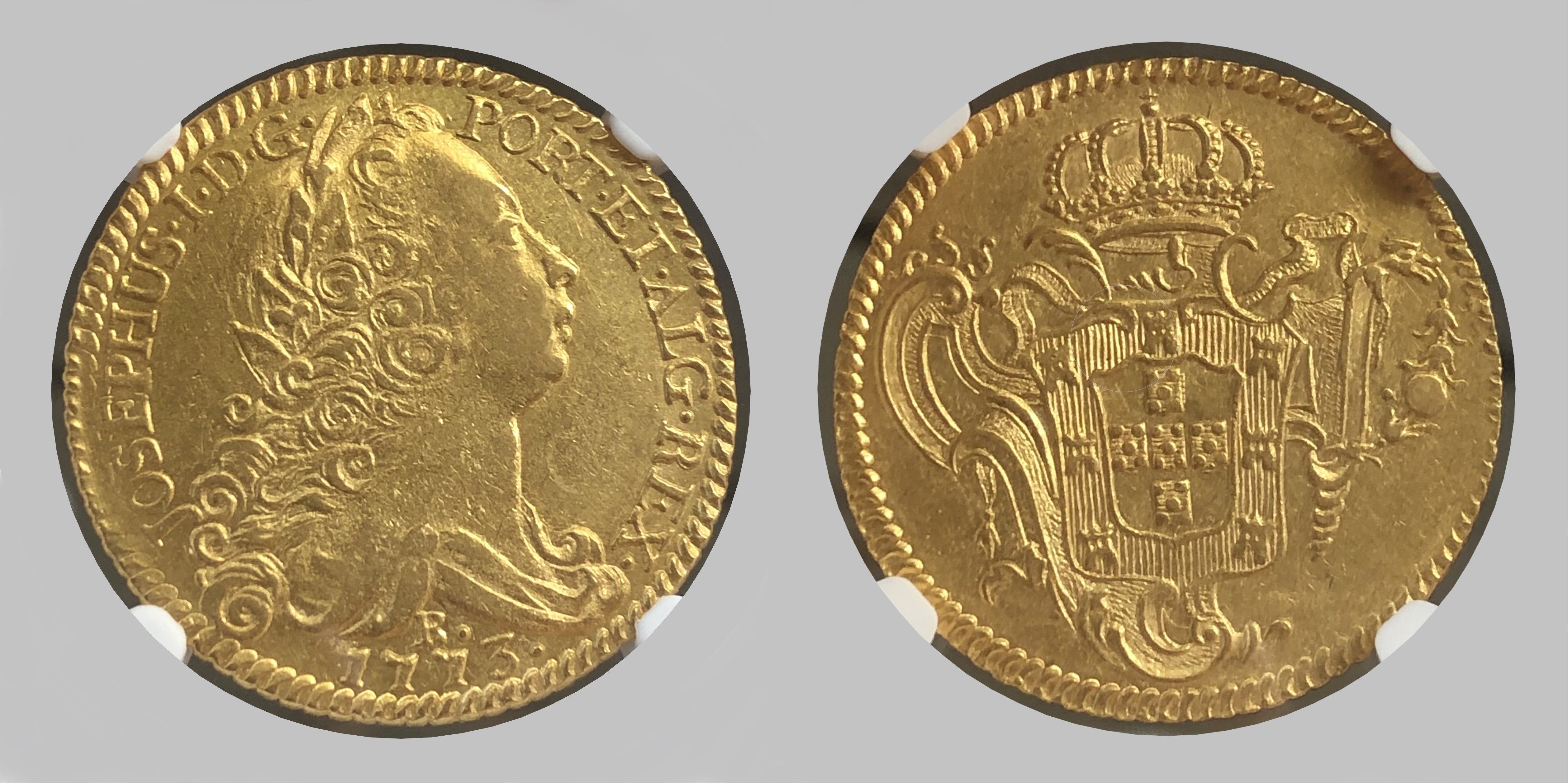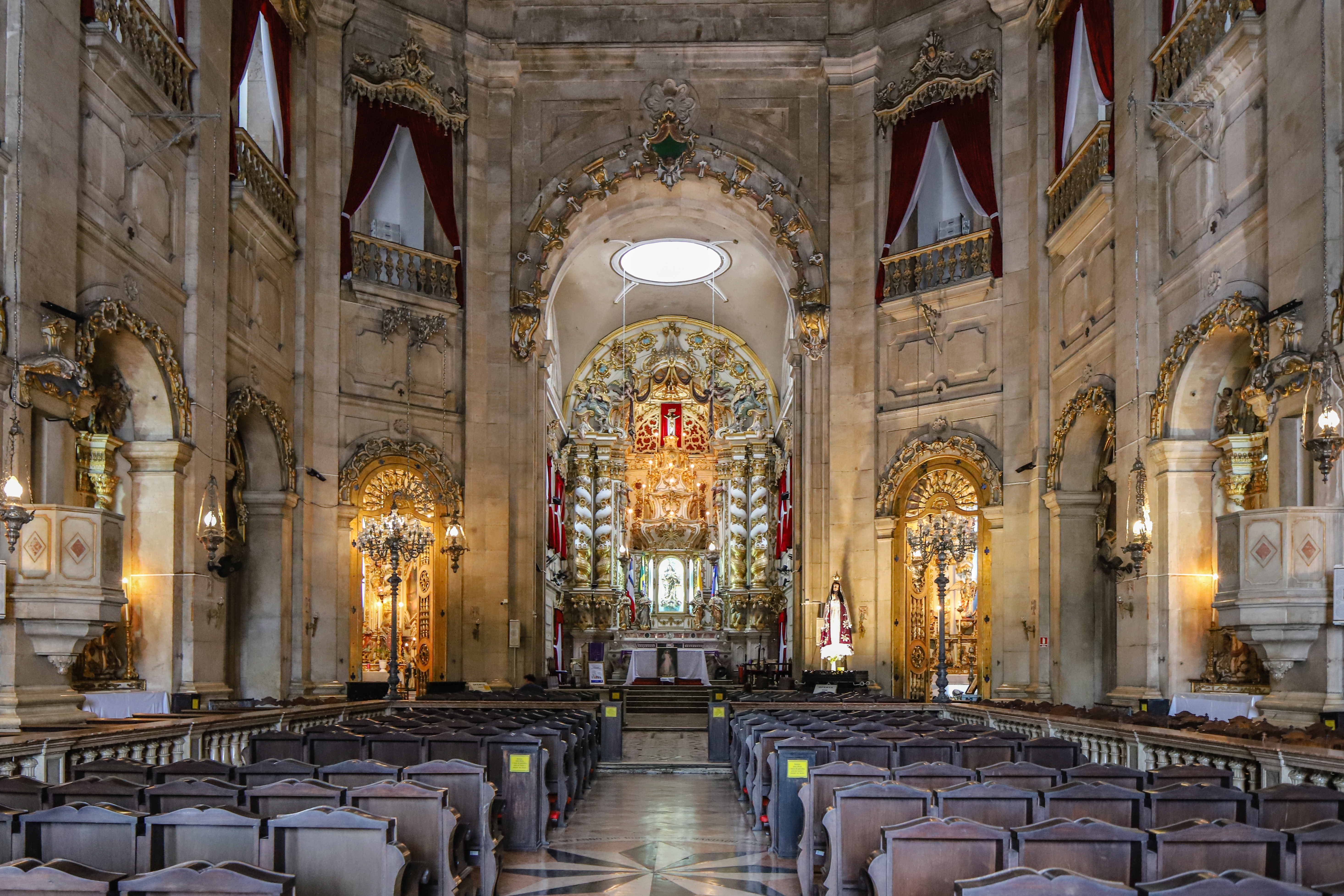|
Old Cathedral Of Salvador
The Old Cathedral of Salvador (antiga Sé da Bahia in Portuguese) was the cathedral of the diocese and later archdiocese of Salvador da Bahia, Brazil, from the 16th century until 1765. In this year, the seat of the archdiocese moved to the current Cathedral of Salvador. Despite its historical significance, the Old Cathedral was demolished in 1933 under Archbishop Augusto Álvaro da Silva (1876-1968) during a wave of redevelopment in Salvador's historic center. Demolition of the cathedral allowed for tram routes into the historic center of the city, that were soon discontinued. The current Cathedral of Salvador is a former Jesuit church. History The Diocese of São Salvador da Bahia de Todos os Santos, the first in the Portuguese colony of Brazil, was created in 1551, only two years after the foundation of Salvador by nobleman Tomé de Sousa. The first bishop, Pero Fernandes Sardinha, arrived in 1552. For several years, a small chapel constructed by the Jesuits served as ... [...More Info...] [...Related Items...] OR: [Wikipedia] [Google] [Baidu] |
Catholic
The Catholic Church, also known as the Roman Catholic Church, is the largest Christian church, with 1.3 billion baptized Catholics worldwide . It is among the world's oldest and largest international institutions, and has played a prominent role in the history and development of Western civilization.O'Collins, p. v (preface). The church consists of 24 ''sui iuris'' churches, including the Latin Church and 23 Eastern Catholic Churches, which comprise almost 3,500 dioceses and eparchies located around the world. The pope, who is the bishop of Rome, is the chief pastor of the church. The bishopric of Rome, known as the Holy See, is the central governing authority of the church. The administrative body of the Holy See, the Roman Curia, has its principal offices in Vatican City, a small enclave of the Italian city of Rome, of which the pope is head of state. The core beliefs of Catholicism are found in the Nicene Creed. The Catholic Church teaches that it is th ... [...More Info...] [...Related Items...] OR: [Wikipedia] [Google] [Baidu] |
Gabriel Soares De Souza
Gabriel Soares de Sousa (1540–1591) was a Portuguese explorer and naturalist. A participant in Francisco Barretos Africa expeditions, he settled in the Portuguese colony of Brazil living there for seventeen years. He wrote ''Tratado Descritivo do Brasil'' (A Descriptive Treatise of Brazil), published in 1587. This part encyclopaedia and part personal narrative describes flora and cultivated plants, gives an account of the culture of cotton, the medicinal qualities of tobacco and the so-called “trees reaes” or royal trees, trees of commercial value. It also covers native tribes. In 1591 he led an expedition along the São Francisco River. References * This article incorporates text from História da Literatura Brasileira, de José Veríssimo, in public domain The public domain (PD) consists of all the creative work A creative work is a manifestation of creative effort including fine artwork (sculpture, paintings, drawing, sketching, performance art), dance, writi ... [...More Info...] [...Related Items...] OR: [Wikipedia] [Google] [Baidu] |
Historic Center (Salvador)
The Historic Center ( US) or Centre ( UK; pt, Centro Histórico) of Salvador de Bahia in Brazil, also known as the Pelourinho (Portuguese for "Pillory") or Pelo, is a historic neighborhood in western Salvador, Bahia. It was the city's center during the Portuguese colonial period and was named for the whipping post in its central plaza where enslaved people from Africa were publicly beaten as punishment for alleged infractions. The Historic Center is extremely rich in historical monuments dating from the 17th through the 19th centuries. Designated a UNESCO World Heritage Site, the Pelourinho retains a vibrant repertoire of colonial Portuguese architecture, exemplified by the Mannerist decoration of the Cathedral of Salvador, the Baroque intricacy of the Church and Convent of São Francisco and the Church of the Third Order of Our Lady of the Rosary of the Black People, as well as the Rococo exuberance of the Church of Nosso Senhor do Bonfim. In addition, the Pelourinho rem ... [...More Info...] [...Related Items...] OR: [Wikipedia] [Google] [Baidu] |
José Botelho De Matos
José is a predominantly Spanish and Portuguese form of the given name Joseph. While spelled alike, this name is pronounced differently in each language: Spanish ; Portuguese (or ). In French, the name ''José'', pronounced , is an old vernacular form of Joseph, which is also in current usage as a given name. José is also commonly used as part of masculine name composites, such as José Manuel, José Maria or Antonio José, and also in female name composites like Maria José or Marie-José. The feminine written form is ''Josée'' as in French. In Netherlandic Dutch, however, ''José'' is a feminine given name and is pronounced ; it may occur as part of name composites like Marie-José or as a feminine first name in its own right; it can also be short for the name ''Josina'' and even a Dutch hypocorism of the name ''Johanna''. In England, Jose is originally a Romano-Celtic surname, and people with this family name can usually be found in, or traced to, the English county of ... [...More Info...] [...Related Items...] OR: [Wikipedia] [Google] [Baidu] |
Joseph I Of Portugal
Dom Joseph I ( pt, José Francisco António Inácio Norberto Agostinho, ; 6 June 1714 – 24 February 1777), known as the Reformer (Portuguese: ''o Reformador''), was King of Portugal from 31 July 1750 until his death in 1777. Among other activities, Joseph was devoted to hunting and the opera. Indeed, he assembled one of the greatest collections of operatic scores in Europe. His government was controlled by Sebastião José de Carvalho e Melo, 1st Marquis of Pombal. The third child and second son of King Dom John V, Joseph became his father's heir as an infant when his older brother, Dom Pedro, Prince of Brazil, died. In 1729 he married Infanta Mariana Victoria, the eldest daughter of King Don Philip V of Spain, and Joseph's sister Infanta Barbara married Mariana Victoria's half-brother Prince Don Ferdinand (the future King Don Ferdinand VI of Spain). These marriages were known as the Exchange of the Princesses. Joseph and Mariana Victoria had four daughters. With the dea ... [...More Info...] [...Related Items...] OR: [Wikipedia] [Google] [Baidu] |
Suppression Of The Society Of Jesus
The suppression of the Jesuits was the removal of all members of the Society of Jesus from most of the countries of Western Europe and their colonies beginning in 1759, and the abolishment of the order by the Holy See in 1773. The Jesuits were serially expelled from the Portuguese Empire (1759), France (1764), the Two Sicilies, Malta, Parma, the Spanish Empire (1767) and Austria, and Hungary (1782). This timeline was influenced by political manoeuvrings both in Rome and within each country involved. The papacy reluctantly acceded to the anti-Jesuit demands of various Catholic kingdoms while providing minimal theological justification for the suppressions. Historians identify multiple factors causing the suppression. The Jesuits, who were not above getting involved in politics, were distrusted for their closeness to the pope and his power in the religious and political affairs of independent nations. In France, it was a combination of many influences, from Jansenism to free-thou ... [...More Info...] [...Related Items...] OR: [Wikipedia] [Google] [Baidu] |
Basilica Of The Immaculate Conception, Salvador
The Basilica of the Immaculate Conception ( pt, Basílica Nossa Senhora da Conceição da Praia), or the Basilica of the Conception, is a church in Salvador, Bahia, Brazil. It is affiliated with the Catholic Church and was built in 1623, making it one of the oldest parishes in the Roman Catholic Archdiocese of São Salvador da Bahia. It was the first church built by the first governor-general of Brazil, Tomé de Sousa. The current structure was prefabricated in Portugal and assembled in Salvador; its construction began in 1739 and ended in the mid 19th century. The art historian Germain Bazin_classifies_the_church_as_Portuguese_in_design,_rather_than_part_of_the_Bahian_tradition_of_religious_structures_of_the_17th_and_18th_century. Its_monumental_façade_is_a_hybrid_of_ ">ené_Michel">Bazin,_Germain_[René_Michel/nowiki>,_''Dictionary_of_Art__..._classifies_the_church_as_Portuguese_in_design,_rather_than_part_of_the_Bahian_tradition_of_religious_structures_of_the_17th_and_18th_cent ... [...More Info...] [...Related Items...] OR: [Wikipedia] [Google] [Baidu] |
Manuel Cardoso De Saldanha
Manuel Cardoso de Saldanha (Portugal, 17?? - Salvador, Brazil, 1767) was a Portugal, Portuguese architect and military engineer noted for his work in colonial Brazil. Little is known about his early life in Portugal. His most significant work was the design of the Church of Nossa Senhora da Conceição da Praia. The work was carried out in Portugal and executed by artisans in Salvador, Brazil. Saldanha was sent to Brazil in 1749, travelled to Portugal in 1761, but returned shortly and died in Bahia in 1767. Church of Nossa Senhora da Conceição da Praia In the 1730s, while still in Lisbon, he was the author of the project to rebuild the Church of Nossa Senhora da Conceição da Praia, now known as the Basilica of the Immaculate Conception, Salvador, Basilica of the Immaculate Conception, in Salvador, Bahia. The ''lioz'' limestone blocks for the church were carved in Lisbon and sent to Salvador as ballast for ships. Final work on the church was carried out by the mason Eugênio ... [...More Info...] [...Related Items...] OR: [Wikipedia] [Google] [Baidu] |
Altar
An altar is a table or platform for the presentation of religious offerings, for sacrifices, or for other ritualistic purposes. Altars are found at shrines, temples, churches, and other places of worship. They are used particularly in paganism, Christianity, Buddhism, Hinduism, Judaism, modern paganism, and in certain Islamic communities around Caucasia and Asia Minor. Many historical-medieval faiths also made use of them, including the Roman, Greek, and Norse religions. Etymology The modern English word '' altar'' was derived from Middle English '' altar'', from Old English '' alter'', taken from Latin '' altare'' ("altar"), probably related to '' adolere'' ("burn"); thus "burning place", influenced by '' altus'' ("high"). It displaced the native Old English word '' wēofod''. Altars in antiquity File:Tel Be'er Sheva Altar 2007041.JPG, Horned altar at Tel Be'er Sheva, Israel. File:3217 - Athens - Sto… of Attalus Museum - Kylix - Photo by Giovanni Dall'Orto, ... [...More Info...] [...Related Items...] OR: [Wikipedia] [Google] [Baidu] |

.jpg)


.png)

